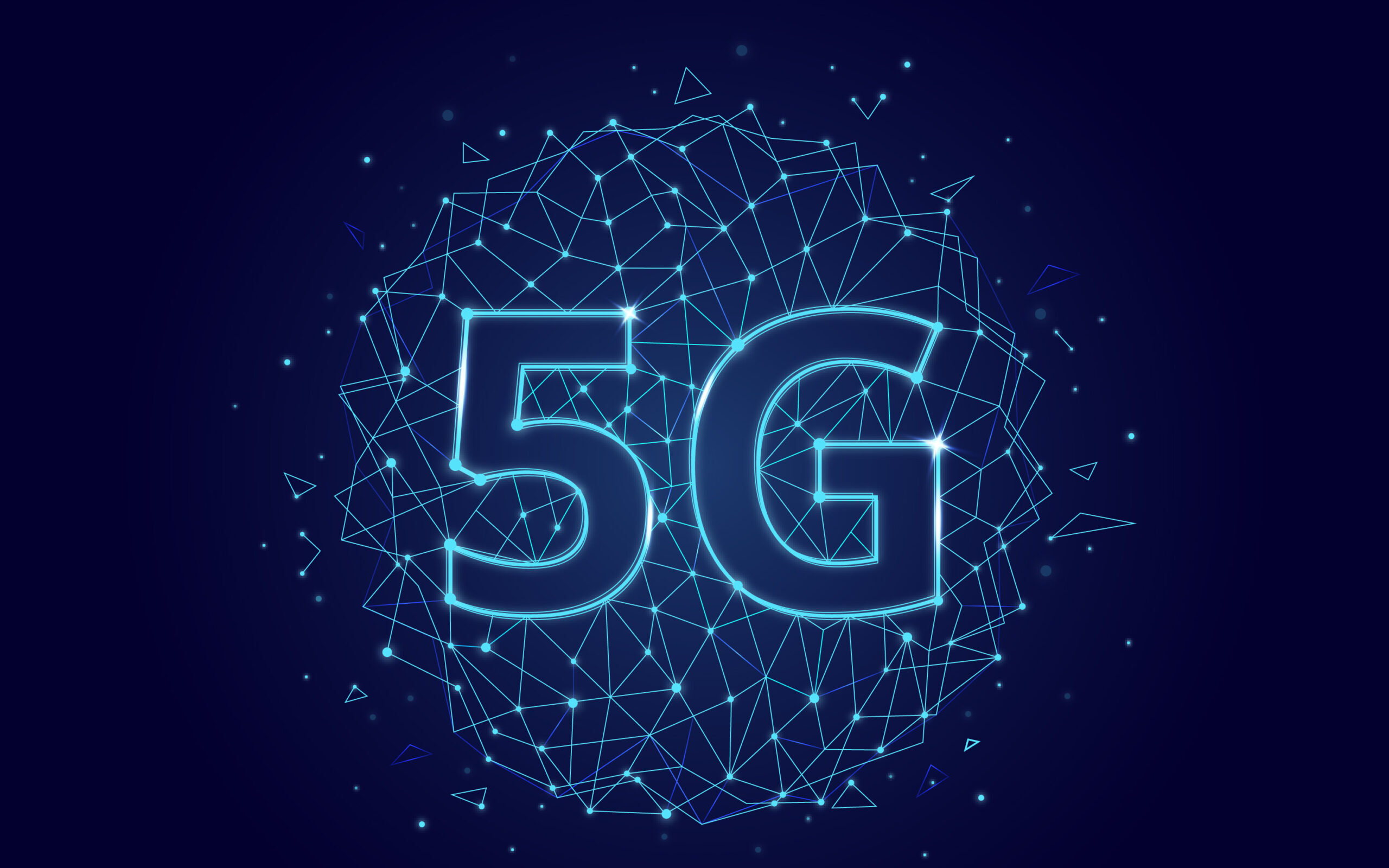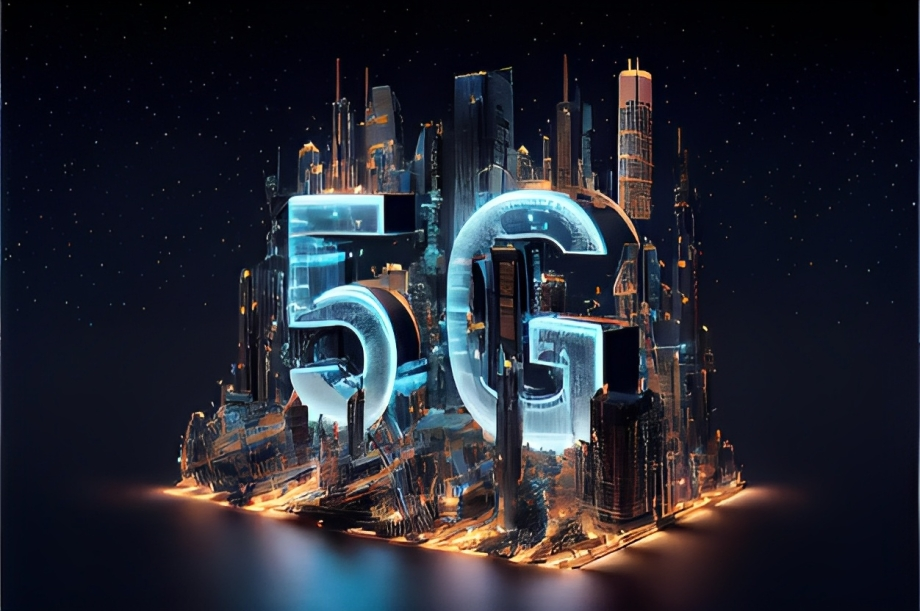The Technology Behind 5G Networks: Paving the Way for a Faster Future
- 1 The Birth of Cellular Communication: 1G
- 2 The Digital Revolution: 2G
- 3 Speed and Efficiency: 3G
- 4 Bridging towards True Mobile Internet: 4G
- 5 Core Technologies Powering 5G: A Deep Dive into the Future of Connectivity
- 5.1 Millimeter Waves (mmWave): Navigating Higher Frequencies
- 5.2 Small Cell Networks: Boosting Capacity and Coverage
- 5.3 Massive MIMO: Multiplying Antenna Magic
- 5.4 Beamforming: Precision-guided Connectivity
- 5.5 Network Slicing: Tailoring Networks to Needs
- 6 The Future of 5G and Beyond Unraveling Next-Gen Connectivity
The realm of mobile communication has experienced a transformative journey since its inception. From the basic analog signals of the late 1970s to today’s ultra-fast digital transmissions, each generation brought with it a fresh wave of technological advancements, forever altering how we connect and communicate.
The Birth of Cellular Communication: 1G
In the late 1970s and early 1980s, the first generation of mobile networks, 1G, emerged. These analog networks were primarily for voice-only communication. However, they were marred by frequent call drops, susceptibility to eavesdropping, regional-only availability, and the need for bulky handsets.
The Digital Revolution: 2G
By the early 1990s, the digital revolution had begun with the advent of 2G networks. Transitioning from analog, 2G introduced features like SMS and basic data services. Along with these additions, 2G enhanced user privacy, offered improved call quality, and initiated the era of mobile internet with the General Packet Radio Service (GPRS).
Speed and Efficiency: 3G
With the turn of the millennium, 3G carved its niche, emphasizing multimedia services. This generation offered faster data transmission rates, making video calls and mobile TV a reality. The 3G era also saw the introduction of the Universal Mobile Telecommunications System (UMTS), leading to improved browsing experiences for users.
Bridging towards True Mobile Internet: 4G
The digital appetite of the world grew by the late 2000s, and 4G was the answer to that growing hunger. Promising peak speed rates that outshone its predecessors, 4G was a haven for HD video streaming and online gaming enthusiasts. The era was marked by the introduction of Long-Term Evolution (LTE) standards and a shift towards IP-based voice and data transmission.
Core Technologies Powering 5G: A Deep Dive into the Future of Connectivity
5G, the latest generation in mobile network technology, is poised to redefine the boundaries of wireless communication. It’s not just about speed but a holistic upgrade in the way devices communicate. Underpinning this transformation are several innovative technologies. Let’s delve into these core technologies powering 5G’s seismic shift.
Millimeter Waves (mmWave): Navigating Higher Frequencies
Traditional mobile networks often operated at frequencies below 6GHz. 5G, however, ventures into the higher-frequency territory of millimeter waves (mmWave), typically between 24GHz and 100GHz. This leap offers remarkably faster data transmission and increased bandwidth. The allure of mmWave lies in its ability to handle more data simultaneously, making it pivotal for congested urban areas. But, like all heroes with a flaw, mmWave’s higher frequencies struggle with shorter range and are more susceptible to obstructions, necessitating innovations like small cell networks.
Small Cell Networks: Boosting Capacity and Coverage
Small cell networks act as the unsung heroes of 5G. Unlike the towering cell masts that powered previous generations, small cells are compact, often the size of a pizza box, and can be placed almost anywhere—from lampposts to rooftops. Their primary role? To boost coverage and capacity in areas with high device density. As 5G leans heavily on higher frequencies like mmWave, which have limited range, the denser network infrastructure of small cells becomes critical. This ensures consistent and lightning-fast connectivity, even in crowded areas.
Massive MIMO: Multiplying Antenna Magic
Enter Massive MIMO (Multiple Input Multiple Output), a technology that scales up the number of antennas on a single array. While traditional base stations used a dozen antennas, Massive MIMO deploys potentially hundreds of them. The result? A dramatic increase in capacity and wireless performance. Each antenna can communicate with multiple mobile devices, optimizing data flow and enhancing user experience.
Beamforming: Precision-guided Connectivity
A direct consequence of using more antennas is the challenge of managing interference. Beamforming elegantly addresses this. Instead of broadcasting data in every direction, beamforming uses advanced algorithms to detect where a device is and directs a focused signal straight to it. This precision not only enhances connectivity but also minimizes interference, making communication more efficient.
Network Slicing: Tailoring Networks to Needs
Imagine customizing a network to meet the specific needs of an application or industry. That’s the promise of network slicing. It segments the physical network into multiple virtual networks, each optimized for a particular application. From healthcare to entertainment and autonomous vehicles, each industry can have its bespoke slice, ensuring efficiency and performance. This granularity can unlock countless use cases, revolutionizing industries and enhancing user experiences.
The Future of 5G and Beyond Unraveling Next-Gen Connectivity
In today’s digital landscape, 5G emerges as a beacon of high-speed, low-latency connectivity. Yet, this is merely the beginning. The enhancements on the horizon hint at greater reliability, positioning 5G as an anchor in diverse sectors like healthcare and smart cities. Coupled with its impending synergy with advanced AI, 5G is poised to usher in an era of intelligent, adaptive networks. Moreover, the blossoming realm of the Internet of Things finds in 5G a robust partner, promising seamless interactions across billions of devices.
While 5G’s wonders unfold, the whispers of 6G grow louder. This next frontier teases exploration into terahertz frequencies, setting the stage for even faster data transmissions. Networks, deeply rooted in sophisticated AI, might become ever-evolving entities. The convergence of the tangible and digital might accelerate with 6G’s embrace of extended reality (XR).
Amid these technological shifts, the world of online entertainment, particularly with the latest mobile casinos, is experiencing a renaissance. The enhanced connectivity and data speeds offered by 5G networks provide an unparalleled gaming experience, reducing lags and ensuring high-resolution graphics. As the mobile casino industry adapts, we’re on the brink of immersive, real-time gaming sessions, akin to being in a physical casino but with the convenience of mobile accessibility.



















